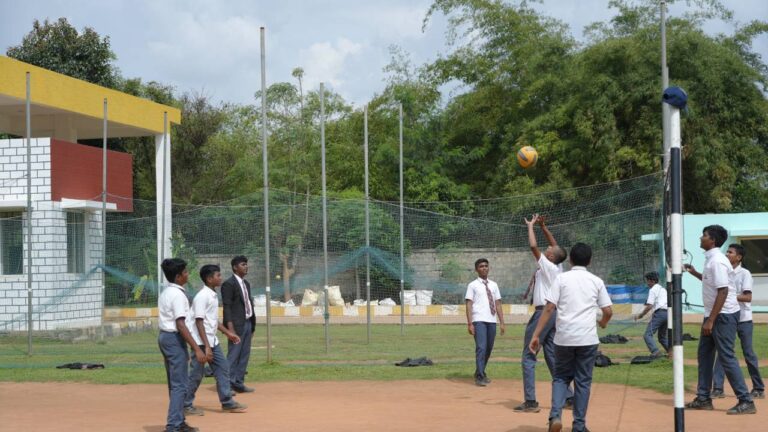Anti-bias Education: Promoting Inclusivity and Challenging Stereotypes
Bias refers to the inclination or prejudice in favor of or against a person, group, or thing. It can manifest in various forms, such as racial bias, gender bias, or cultural bias. Stereotyping, on the other hand, involves forming a fixed, oversimplified image or idea of a particular group of people based on assumptions or prior beliefs.
Both bias and stereotyping can have detrimental effects on individuals and communities. They can lead to discrimination, inequality, and injustice. In educational settings, bias and stereotyping can impact students’ self-esteem, academic performance, and overall sense of belonging. Understanding the complexities of bias and stereotyping is crucial in creating inclusive and equitable learning environments for all students.
Understanding the Impact of Bias on Education
Bias in education can have far-reaching consequences that affect students’ academic performance, self-esteem, and overall well-being. When students are subjected to biased treatment or stereotypes based on their race, gender, socioeconomic status, or other characteristics, it can create barriers to their learning and hinder their academic success. These biases can also contribute to a negative school climate, leading to increased dropout rates and disengagement among students.
Furthermore, bias in education can perpetuate inequality and reinforce systemic discrimination within educational institutions. When educators unconsciously hold biases against certain groups of students, it can result in differential treatment, lower expectations, and limited opportunities for those students. This can further widen existing achievement gaps and limit the potential for all students to thrive academically and socially in a diverse learning environment.
Bias in education can lead to students experiencing lower academic performance due to barriers created by stereotypes and biased treatment.
Biases in education can contribute to a negative school climate, leading to increased dropout rates and disengagement among students.
Unconscious biases held by educators can result in lower expectations and limited opportunities for certain groups of students, perpetuating inequality within educational institutions.
Bias in education reinforces systemic discrimination and widens existing achievement gaps, limiting the potential for all students to thrive academically and socially.
The Importance of Anti-bias Education in Schools
Anti-bias education plays a crucial role in creating inclusive and supportive learning environments for all students. By addressing bias and stereotypes head-on, schools can help students develop a deeper understanding of diversity and respect for others. This type of education empowers students to challenge prejudices and discrimination, fostering a culture of acceptance and empathy within the school community.
Moreover, anti-bias education equips students with the skills needed to navigate an increasingly diverse world. By promoting critical thinking and self-reflection, schools can help students recognize and dismantle harmful stereotypes and biases. Ultimately, integrating anti-bias education into the curriculum can lead to a more equitable and harmonious school environment where all students feel valued and respected.
What is bias?
Bias refers to the inclination or prejudice towards or against a particular group or individual, often based on stereotypes.
How does bias affect education?
Bias can have a negative impact on education by creating unfair advantages or disadvantages for certain groups of students, leading to inequities in the learning environment.
What is anti-bias education?
Anti-bias education is an approach that aims to challenge and reduce bias, prejudice, and discrimination in schools by promoting diversity, equity, and inclusion.
Why is anti-bias education important in schools?
Anti-bias education is important in schools because it helps create a more inclusive and equitable learning environment, promotes understanding and empathy among students, and prepares them to thrive in a diverse world.
How can schools implement anti-bias education?
Schools can implement anti-bias education by integrating diverse perspectives and experiences into the curriculum, providing professional development for teachers on bias awareness, and fostering a culture of respect and inclusivity among students.
What are some examples of bias in schools?
Examples of bias in schools include favoritism towards certain groups of students, stereotyping based on race or gender, and unequal treatment of students from different backgrounds.







